Employment Verification Letter Template Guide
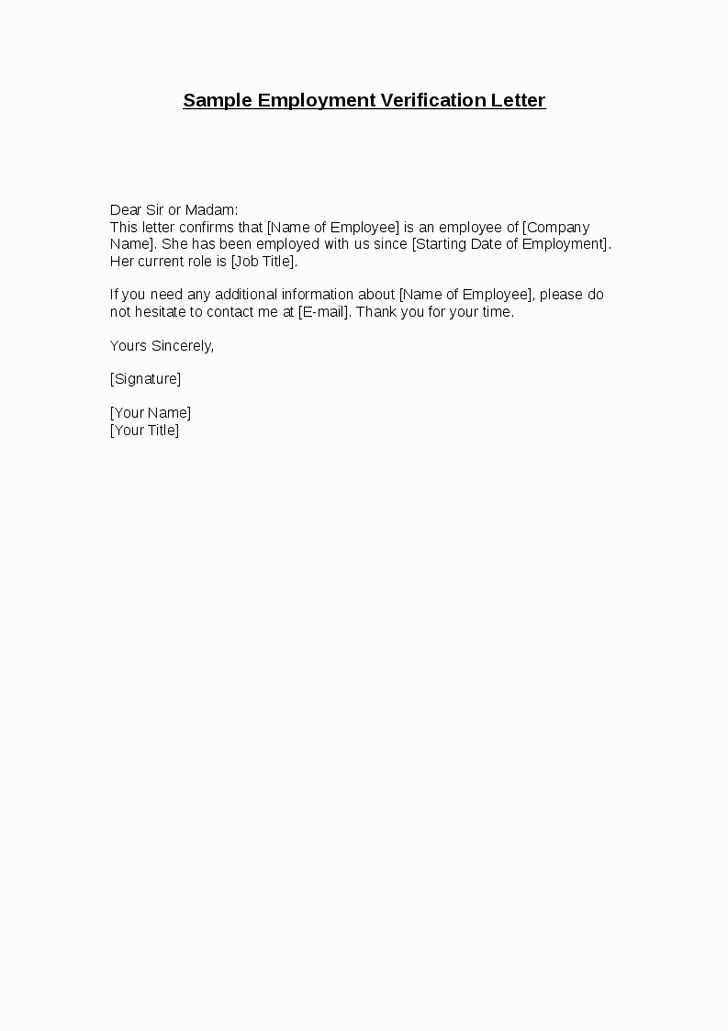
When verifying someone’s position within a company, a formal statement may be required to confirm their role, duration of work, and other relevant details. This document serves as a professional acknowledgment from the employer regarding the individual’s work status and can be requested for various reasons.
Key Components of a Confirmation Document
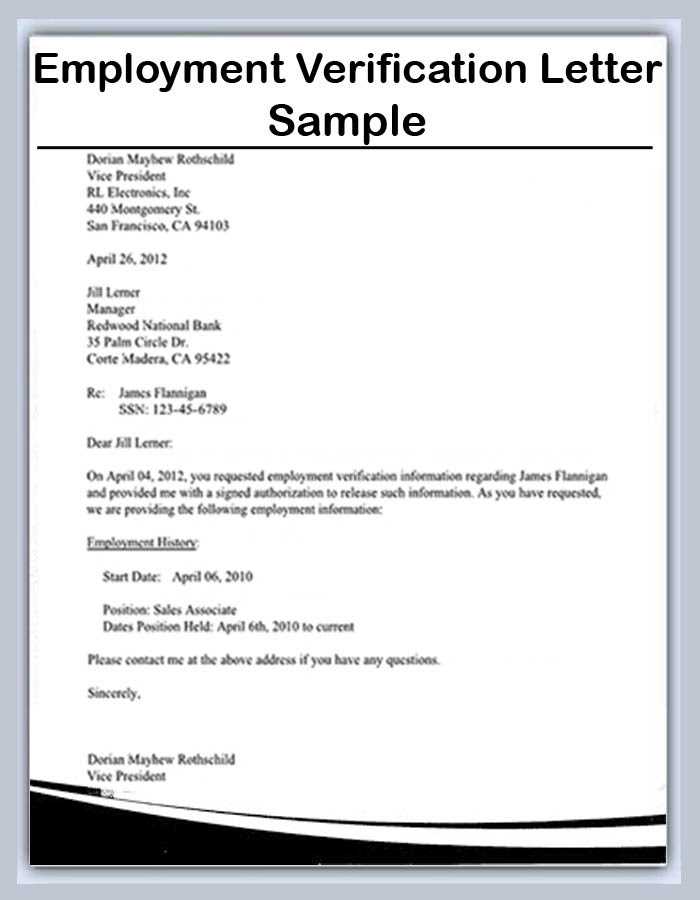
It is essential to include several key pieces of information when drafting such a document to ensure clarity and accuracy:
- Employee’s Full Name: The document should clearly state the individual’s full name to avoid any confusion.
- Job Title: The specific position held by the employee within the company must be stated.
- Employment Dates: Both the start date and, if applicable, the end date of the employee’s tenure should be included.
- Employer’s Information: Include the company’s name, address, and contact details to authenticate the statement.
- Additional Information: Any relevant details such as salary or job duties can be included if necessary for the recipient’s request.
How to Structure the Document
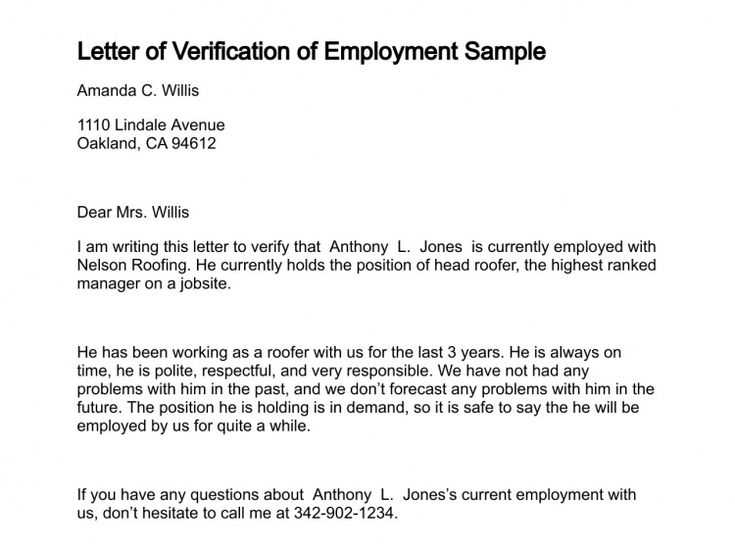
Ensure that the confirmation is clear and professional. Follow a standard format that includes a salutation, a brief introduction, the body containing the necessary details, and a formal closing. Here’s a simple structure:
- Introduction: Start by introducing yourself and your position within the company.
- Confirmation of Facts: Provide the requested information such as the employee’s job title, length of service, and any other requested details.
- Closing: End the statement with a formal closing that includes your contact details for any follow-up.
Practical Uses for the Confirmation Document
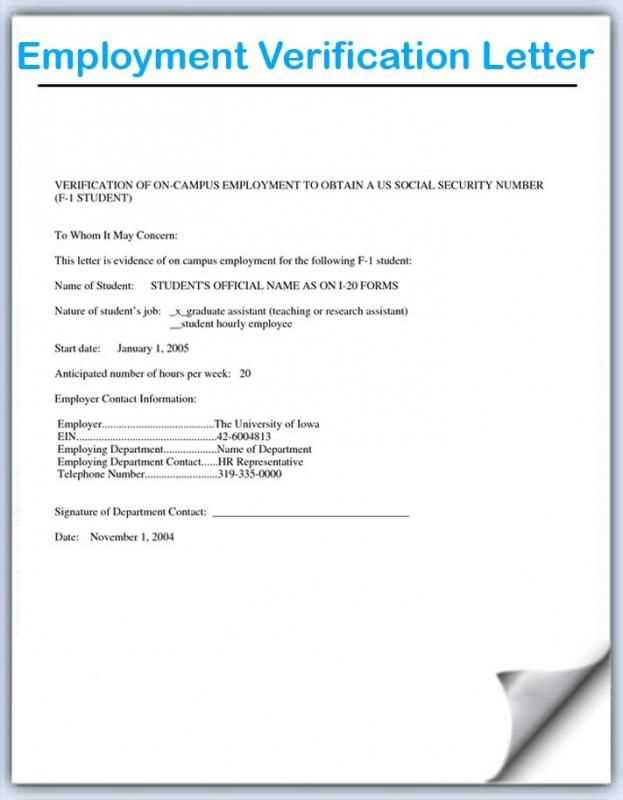
This type of document can be requested for a variety of purposes. It is often used for:
- Loan Applications: Lenders may require proof of income and job status.
- Rental Agreements: Landlords might request this confirmation to verify the tenant’s financial stability.
- Immigration Processes: Official verification might be needed as part of visa or work permit applications.
Best Practices for Crafting the Document
To ensure the letter is both professional and effective:
- Keep It Concise: Avoid unnecessary details. Stick to the facts that are required for the recipient’s purposes.
- Use Official Letterhead: Whenever possible, use the company’s official letterhead to give the statement more credibility.
- Be Honest: Provide accurate information. Any false details could cause complications down the line.
Understanding Official Work Confirmation
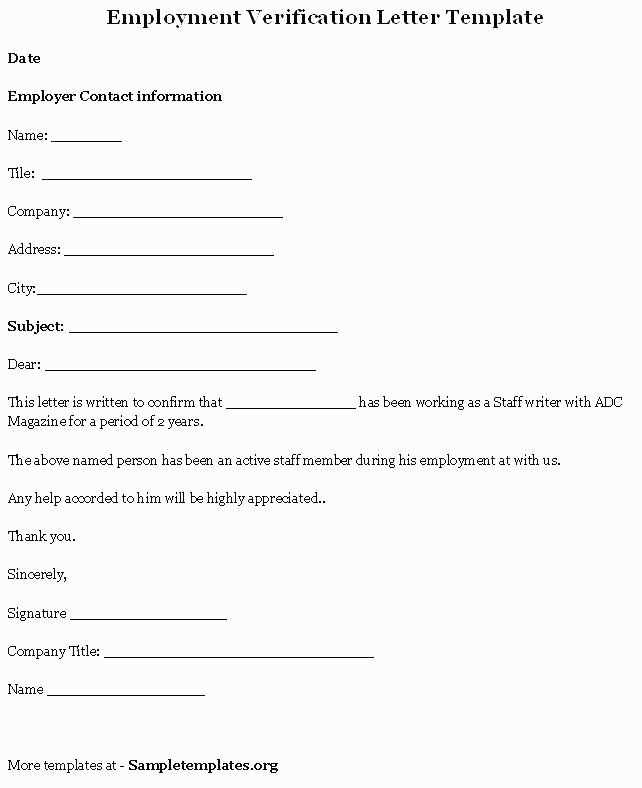
When an organization needs to confirm a person’s association with the company, a formal statement is often required. This document serves to acknowledge various details about the individual’s role and work history, ensuring clarity and professionalism in communication.
Such documents typically contain essential information, including the employee’s name, job title, and duration of service. They serve to fulfill requests for verifying someone’s job status for different purposes, ranging from financial transactions to legal matters.
The key elements of this document include personal details, work-related information, and an official endorsement from the employer. Each piece of data must be precise to avoid misunderstandings, as the recipient may rely on the information for various decisions.
Writing such a statement requires a careful approach. It should be concise, clear, and address the specific information requested. The structure must follow standard conventions to maintain professionalism and credibility.
Employers use this kind of confirmation for several reasons. It may be required for loan applications, renting agreements, or even immigration procedures. The purpose is to verify that the individual is employed and to clarify their role, responsibilities, and length of service in the company.
In general, the issuance of such documents is essential when the employee’s status needs to be confirmed by a third party. Whether it’s for legal purposes or to provide assurance for a financial arrangement, this official statement plays a key role in ensuring transparency.